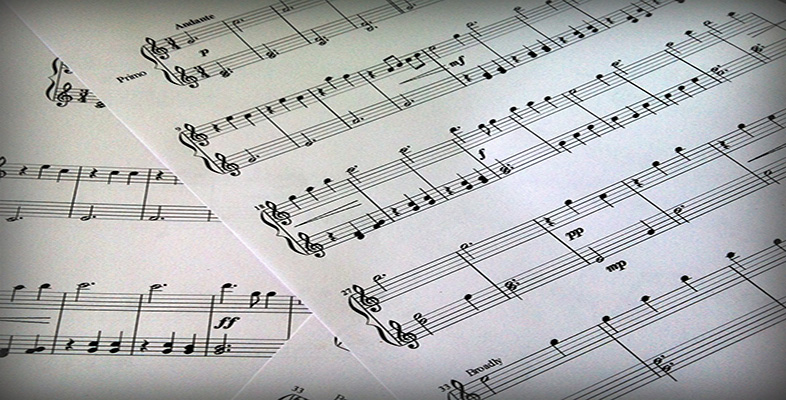1.2. Motifs and memorability
One of the reasons that we find film music memorable is that it uses distinctive melodic motifs to ‘catch’ the main characters it describes. The James Bond theme is a good example of this, but a modern composer who has had great success with memorable motifs in all his scores is John Williams (Jaws, Star Wars, Harry Potter). Click here to read an interview with Williams from 1998.
‘[We can] take themes and reshape them and put them in a major key, minor key, fast, slow, up, down, inverted, attenuated and crushed, and all the permutations that you can put a scene and a musical conception through.’
John Williams on Star Wars, quoted in Thomas, T. (1991) Film Score: The Art and Craft of Movie Music, Burbank, CA, Riverwood Press, pp. 334–335.
Activity 2 has components suitable for younger and older pupils to explore their abilities to identify and interpret memorable film music motifs. For younger pupils it will be enough to link instruments, rhythm, and tempo to how they feel about the characters. For older pupils, the activity explores how motif design reflects character personality.
With the activity for older pupils, you may also like to click on the icons below and use the video extracts from an interview with George Fenton, composer on Gandhi (1982), Memphis Belle (1990), Anna and the King (1999) and Sweet Home Alabama (2002).
Click "play" below to watch George Fenton dicuss musical ideas for film scores.
Transcript: Video 1
Click "play" below to discover how George Fenton creates a theme.
Transcript: Video 2
Click "play" below to learn about the type of theme created and hear the tune with harmonies.
Transcript: Video 3
Click "play" below to learn how George Fenton inserts tension into the theme he has written.
Transcript: Video 4
Click "play" below to hear the first variation of the original theme.
Transcript: Video 5
Click "play" below to hear the second variation.
Transcript: Video 6
Activity 2
Part 1 (all pupils)
Play the main character motifs from a number of films (such as the James Bond theme, Hedwig's theme from Harry Potter, or the Jaws theme) to pupils. Ask them to write down the type of character or film which they think the motif might be associated with. Afterwards you can name the films and characters for each motif.
Part 2 (younger pupils)
Ask pupils to identify some of the qualities of the motifs that make them effective in those films, e.g. what is sinister about the Jaws theme? What is energetic and driving about the James Bond theme? What is mysterious about the music from Harry Potter?
Part 2 (older pupils)
Develop with pupils a list of four qualities for each key character.
Part 3 (older pupils)
Discuss with pupils the motif designs, concentrating on interval size, rhythmic patterns, diatonic/chromatic language, major/minor modes, range of pitches, and repetition of motifs in the theme.
Part 4 (older pupils)
Finally, ask pupils to match qualities of the character with design features of their motif (you may like to use the sample answers given here as a basis for developing your own answers).
Click 'View document' below to open Film music motifs – indicative answer sheet
View document [Tip: hold Ctrl and click a link to open it in a new tab. (Hide tip)]
